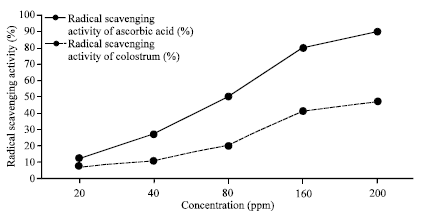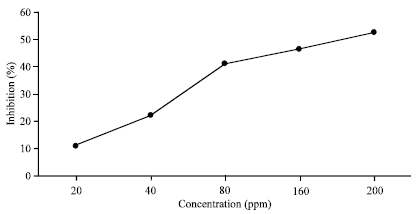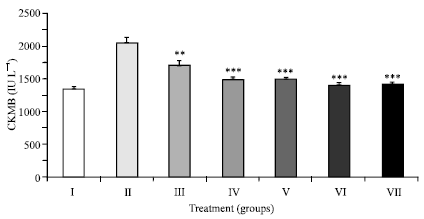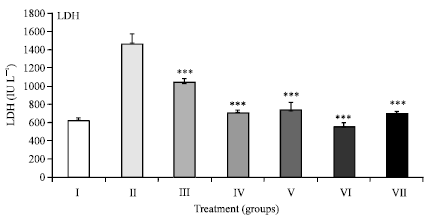Research Article
Cardioprotective Effects of Bovine Colostrum Against Isoproterenol-induced Myocardial Infarction in Rats
SPP School of Pharmacy and Technology Management, V.L. Mehta Road, Vile Parle (W), Mumbai, 400056, Maharashtra, India
Rachana Somaiya
SPP School of Pharmacy and Technology Management, V.L. Mehta Road, Vile Parle (W), Mumbai, 400056, Maharashtra, India
Mohd. Wasim
SPP School of Pharmacy and Technology Management, V.L. Mehta Road, Vile Parle (W), Mumbai, 400056, Maharashtra, India
Harpal S. Buttar
Department of Pathology and Laboratory Medicine, Faculty of Medicine, University of Ottawa, 451 Smyth Road, K1H 8M5, Ottawa, Ontario, Canada













